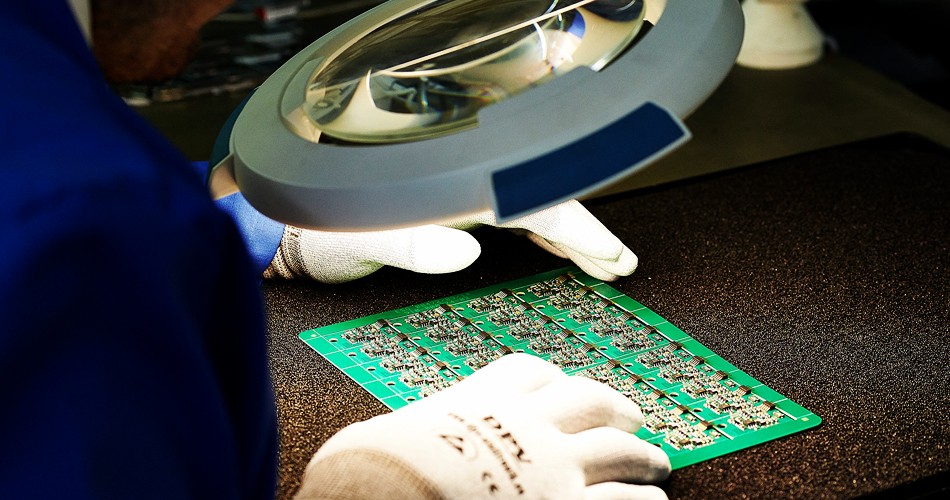- English
- Español
- Português
- русский
- Français
- 日本語
- Deutsch
- tiếng Việt
- Italiano
- Nederlands
- ภาษาไทย
- Polski
- 한국어
- Svenska
- magyar
- Malay
- বাংলা ভাষার
- Dansk
- Suomi
- हिन्दी
- Pilipino
- Türkçe
- Gaeilge
- العربية
- Indonesia
- Norsk
- تمل
- český
- ελληνικά
- український
- Javanese
- فارسی
- தமிழ்
- తెలుగు
- नेपाली
- Burmese
- български
- ລາວ
- Latine
- Қазақша
- Euskal
- Azərbaycan
- Slovenský jazyk
- Македонски
- Lietuvos
- Eesti Keel
- Română
- Slovenski
- मराठी
- Srpski језик
SMD technology in PCBA processing: installation and arrangement of SMD components
2024-06-07
SMD technology is an important step in PCBA, especially for the installation and arrangement of SMD (Surface Mount Device, chip components). SMD components are smaller, lighter and more integrated than traditional THT (Through-Hole Technology) components, so they are widely used in modern electronic manufacturing. The following are the main considerations regarding SMD component mounting and arrangement:

1. Types of patch technology:
a. Manual patching:
Manual patching is suitable for small batch production and prototype manufacturing. Operators use microscopes and fine tools to precisely mount SMD components onto the PCB one by one, ensuring correct position and orientation.
b. Automatic placement:
Automatic patching uses automated equipment, such as Pick and Place Machines, to mount SMD components at high speed and with high precision. This method is suitable for large-scale production and can significantly improve PCBA production efficiency.
2. SMD component size:
SMD components come in a wide range of sizes, from tiny 0201 packages to larger QFP (Quad Flat Package) and BGA (Ball Grid Array) packages. Selecting the appropriately sized SMD component depends on the application requirements and PCB design.
3. Precise positioning and orientation:
The installation of SMD components requires very precise positioning. Automatic placement machines use vision systems to ensure accurate placement of components, while also taking component orientation (e.g. polarity) into consideration.
4. High temperature soldering:
SMD components are usually fixed to the PCB using high-temperature soldering techniques. This can be accomplished using methods such as a traditional hot air soldering iron, or a reflow oven. Temperature control and accurate control of soldering parameters are crucial to prevent component damage or poor soldering during PCBA manufacturing process.
5. Assembly process:
In the patching process of SMD components, the following aspects of the process also need to be considered:
Glue or adhesive: Sometimes it is necessary to use glue or adhesive to secure SMD components during PCBA assembly, especially in vibration or shock environments.
Heat sinks and heat dissipation: Some SMD components may require appropriate thermal management measures, such as heat sinks or thermal pads, to prevent overheating.
Through-hole components: In some cases, some THT components still need to be installed, so the arrangement of both SMD and THT components needs to be considered.
6. Review and Quality Control:
After the patch is completed, visual inspection and testing must be performed to ensure that all SMD components are installed correctly, positioned accurately, and there are no soldering problems and wiring failures.
The high accuracy and automation of patch technology make the installation of SMD components efficient and reliable. The wide application of this technology has promoted the miniaturization, lightweight and high performance of electronic products, and is an important part of modern electronic manufacturing.
-
Delivery Service






-
Payment Options









